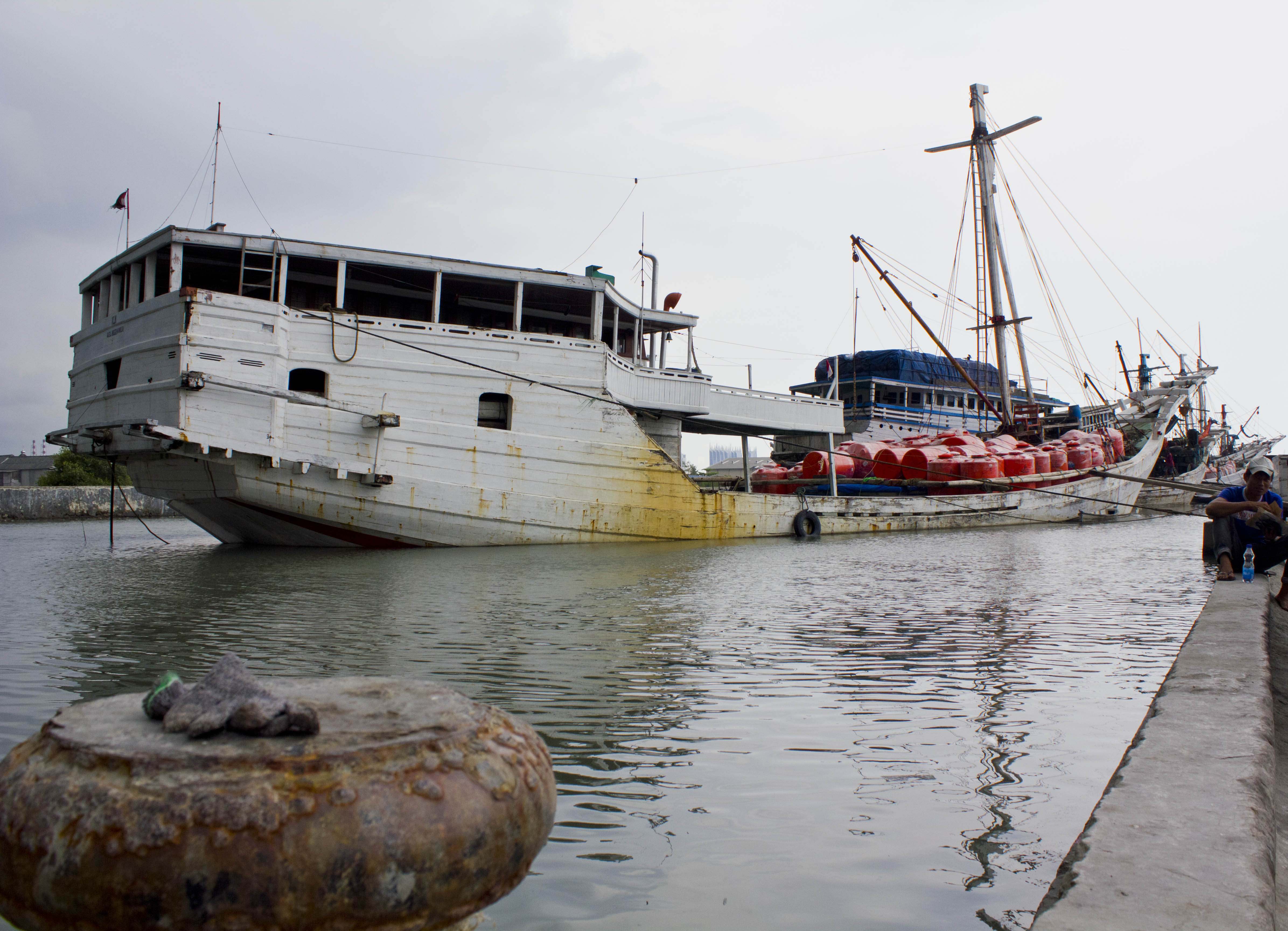Model Gas Terminal
Example of a detailed LNG terminal to be inserted in the model Harboursim
As stated before, because of the modular structure of the model HARBOURSIM it is possible to insert detailed models of terminals. This example shows the possibility of an LNG terminal to be inserted in the model Harboursim.
This model simulates the performance of an LNG terminal. The picture shows a snapshot of the animation of the model.
The model can be inserted in the HARBOURSIM model, so the impact of other ship traffic in the port is incorporated on the performance of the LNG terminal.
The LNG flows from the accommodated vessels via the available tanks to the recondenser and the vaporiser and at last gas to the grid of the country. An adjustable amount of vapour of is returned to the vessel.
The model is dealing with the following main components:
-
Generators of vessels
Generators of the ship traffic to the LNG terminal and other relevant terminals, are specified by interarrival time distributions.
-
.png) LNG vessels
LNG vessels
LNG content of vessels is described by differential equation related to the transport rate of connected pipe lines.
-
Storage tanks
The content of tanks is described by differential equations and an adjustable maximum content.
-
Pipelines
Pipes are specified with an adjustable transport rate.
-
Gas transported to the grid of the country
The amount of gas to the grid and fluctuations are registered.
-
Weather conditions
Wind and wave conditions may influence arrivals of the different ship types.
-
LNG transhipment disturbances
Due to unfavourable environmental conditions discharge of LNG from vessel to the tanks can be interrupted.
-
Tidal conditions; horizontal and vertical tide to insert tidal windows








